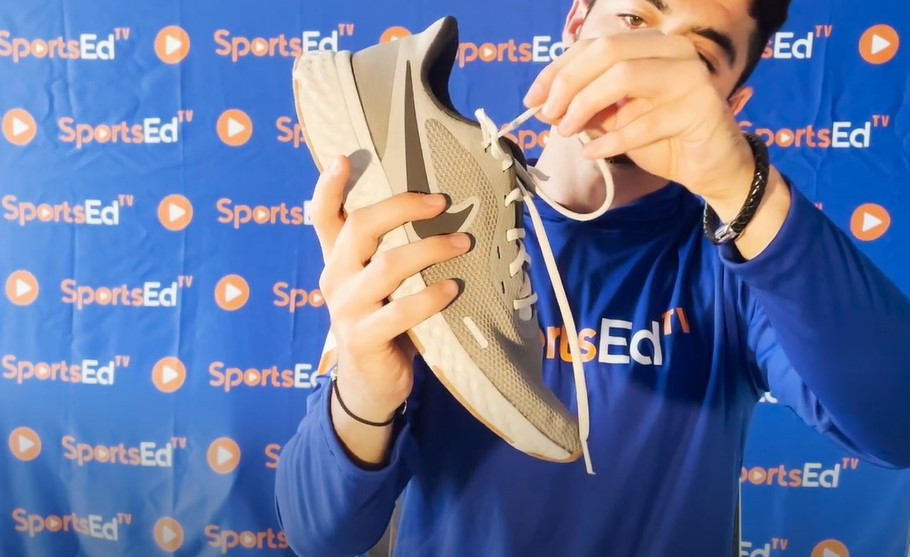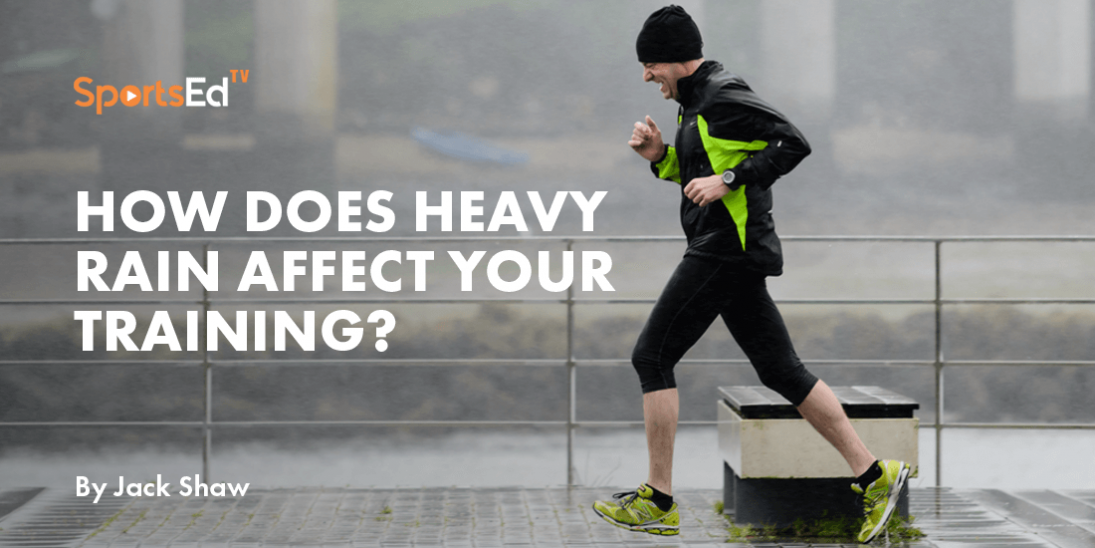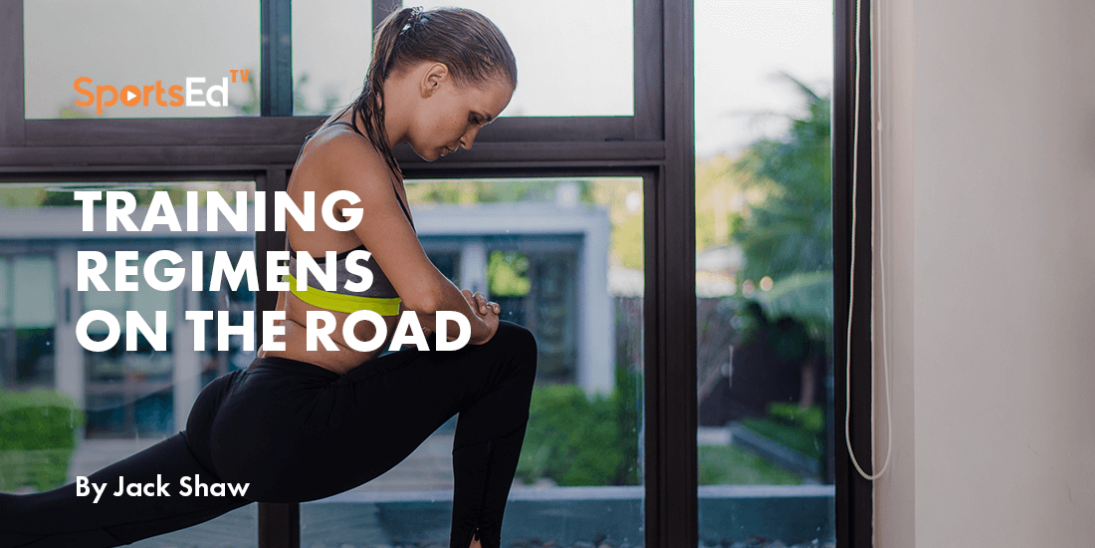Basketball, Golf, Lacrosse, Running, Soccer, Tennis, Volleyball
Welcome and thanks for visiting...

Does Your Apparel Affect Your Athletic Performance?
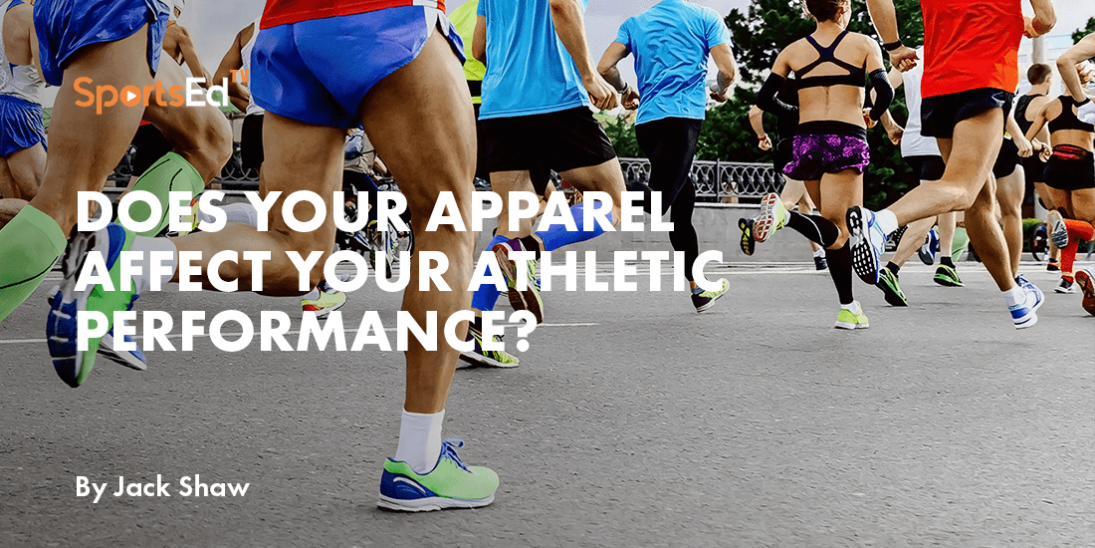
Your choice of clothing can significantly improve or impede your performance in a vast majority of sports. Even the most basic activities, such as walking or jogging, depend on what you wear. From head to toe, every article plays a vital role in supporting your body. Explore the five main ways your apparel affects your athletic performance.
1. Reduces Risk of Injury
Lower risk of injury is the main benefit of wearing high-quality athletic apparel. This principle doesn’t just apply to helmets, padding, and other regulation sports equipment. Simply wearing the right shirt, pants or shoes can make all the difference. Your clothes need to support your body movements, not hinder them.
For most athletic activities, footwear is the most important piece of clothing for injury prevention. Your feet are stressed, so your shoes should have wide-toe boxes for maximum support. It’s much easier to walk or run with proper form when your toes are spaced out in a natural alignment instead of scrunched together.
Your footwear must also have strong torsional stability. Instead of bending or folding easily, they should have a rigid structure to reinforce your ankles and plantar fascia. You can take full advantage of this feature by using the heel lock lacing technique so the foot and shoe move as one. Avoid elevated heels, narrow-toe boxes, and flimsy soles at all costs.
Compression shirts, shorts, and underwear can prevent injuries by reducing muscle oscillation and vibrations during exercise. They also increase blood circulation to the covered areas, which delays lactic acid build-up and increases your endurance. In this way, athletic compression clothing prevents muscle injuries and improves overall performance.
2. Protects Against the Elements
Your choice of apparel can also improve your athletic performance by protecting you from the elements. Wearing weather-appropriate clothing ensures factors such as precipitation, strong winds, and extreme temperatures don’t limit your body movements. This factor can give you a huge advantage in outdoor competitions.
In the summertime, you need to wear clothing made of lightweight and breathable materials to stay cool in the heat. Cotton, linen, polyester, and tropical wool are great options because of their moisture-wicking properties. You should also lean towards brighter colors that reflect the sunlight instead of absorbing it.
On the flip side, you should wear thick, insulating clothing during the winter to retain body heat. Fleece is the material of choice for most athletes because it has a raised pile surface that traps heat within the fibers. You must also cover your extremities — heat, hands, and feet — because they tend to lose heat the fastest.
You must account for the sun, even if the weather is overcast. Sun exposure can lead to sunburn in just a few hours, causing painful redness and swelling that will inevitably affect your performance. Many people who exercise outdoors wear long-sleeved shirts, hats, and sunglasses throughout the year so they don’t have to apply sunscreen constantly.
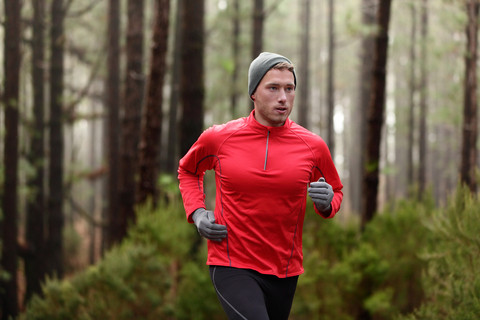
3. Provides Maximum Comfort
Your athletic apparel should provide maximum comfort during exercise regardless of the weather conditions. The most crucial factor is how well the clothes fit. They must match your proportions and allow you to move gracefully. You must know your body’s measurements from head to toe to create the perfect fit.
There should also be no annoying tags, seams, patterns, or other small features that might cause distraction or irritation. For example, wearing your favorite sneakers to the gym might complement the rest of your outfit, but they probably won’t improve your performance. Comfort and functionality are more important than fashion regarding athletic clothing.
Another important comfort factor is moisture wicking. Athletes tend to have better stamina when their apparel can soak up sweat and accelerate the body’s natural cooling process. The longer you can avoid overheating, the better your performance will be.
4. Changes Your Mentality
Although comfort and functionality are bigger priorities than fashion, your appearance can undeniably improve your performance. The “look good, play good” mentality has been foundational in athletics since ancient times. Regardless of the sport, wearing a visually appealing outfit can boost your confidence and give you an edge over your competitors.
Although research on the subject is limited, there is some evidence of a psychological phenomenon called “enclothed cognition.” Your clothes can powerfully affect your mental state through their symbolic meanings and how they complement your physical features.
In the context of athletics, your clothes can represent your skill level. If you wear high-quality apparel, you might develop the self-perception of an experienced athlete. Whether or not this perception is accurate, it can greatly boost your self-esteem. Similarly, wearing clothes that make you look intimidating can make you feel bigger and stronger.
For example, sports psychologists have observed that teams get more penalties when wearing black uniforms. Teams with black as their primary color, like the Pittsburgh Steelers, Las Vegas Raiders, and Boston Bruins, have certainly proved these observations correct.
Wearing matching uniforms is also important for establishing trust and camaraderie among teammates. The uniforms might take away some individuality, but they make everyone feel like they belong in a cohesive unit.
5. Intimidates the Competition
Your apparel can also have a major psychological effect on your opponent. Appearances are sometimes half the battle. If you have an aggressive and intimidating appearance, you gain an advantage before the competition even begins. This factor is partly why sports teams and military organizations have always emphasized their uniform designs.
The average commercial gym is the perfect place to observe the intimidation factor in action. Both men and women often wear tank tops to show off their upper body muscles, which intentionally or unintentionally intimidates people who are less muscular.
Choose Your Apparel Wisely
Your apparel can significantly impact your athletic performance, both physically and mentally. If you’ve been exercising or competing in random outfits, it’s time to refresh your wardrobe. Start choosing your apparel wisely and paying attention to every detail, from the size to the fabric to the color. In the end, it could make the difference between winning and losing.


